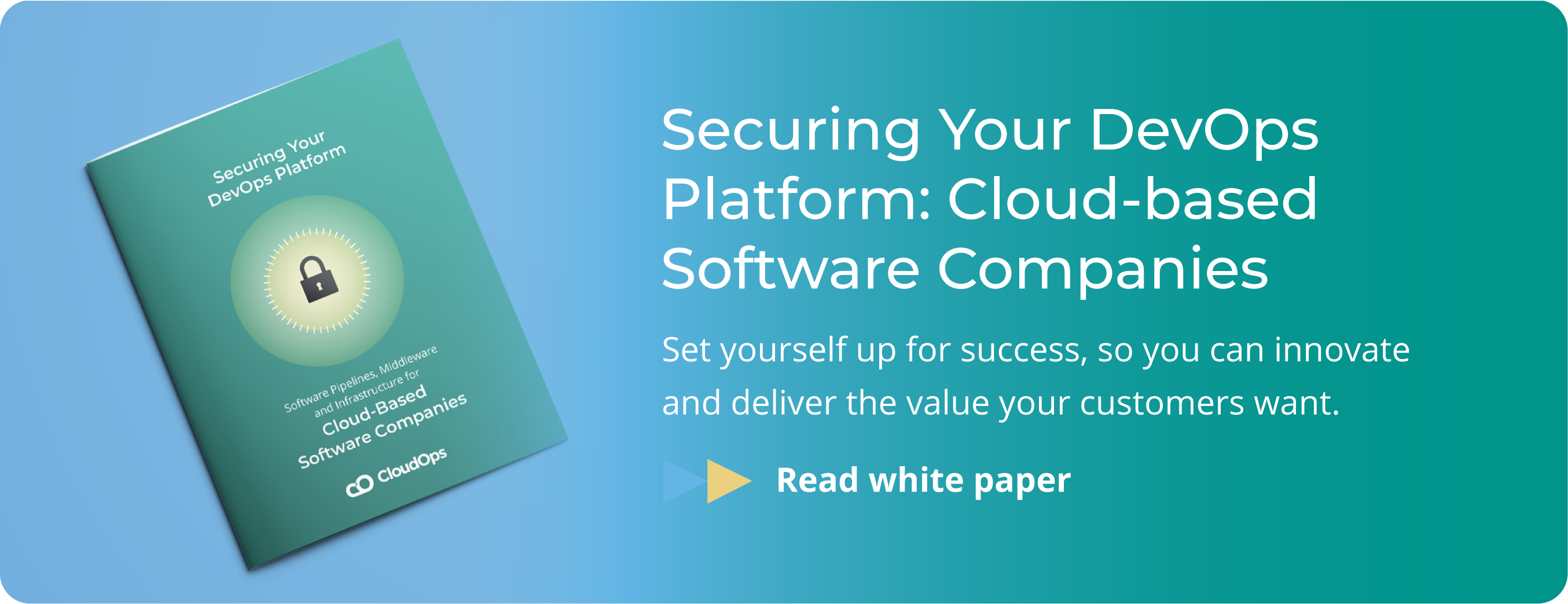The Value of OpenShift for the Enterprise Software Transformation

Red Hat OpenShift offers a full platform solution based on open source technologies. It provides DevOps teams with integrated environments that oversee key aspects of the software development life cycle. It leverages a Kubernetes platform that manages the building and deployment of Docker containers at scale, and offers rich features of its own. OpenShift can be easily integrated into pre-existing infrastructures and deployed over a multitude of cloud platforms. OpenShift is a Platform-as-a-Service that enables consistent and easy container orchestration, and reduces the effort of deploying a Kubernetes platform.
Deliverability – OpenShift is essentially delivered as a Playmobil that is ready to assemble and play with. In contrast, building a custom Kubernetes platform from Lego blocks affords more flexibility and long-term momentum, but requires significantly more time, effort, and skill both to build and maintain. By prescribing a proven approach, OpenShift can expedite the process of innovation and circumvent the usual timespan of decision-making and experimentation. Ultimately, a cloud-native platform needs to embody operability, observability, resilience, agility, and elasticity so as to make an application life cycle scalable, durable, and continuous. OpenShift can deliver these promises more quickly and with less effort than a vanilla Kubernetes platform.
Cost – OpenShift is available in four different models that vary in cost and the degree of support provided: Origin (the open source version), Container Platform (the deployment is run in your data centre and includes Gluster storage integration), Dedicated (managed for you), and Online (you are granted access to a tenant in their deployment). These all come with license and support costs, which scale linearly. While Kubernetes allows you to avoid these costs, it has the potentially larger operating cost of training and retaining a sufficiently large technical team to build and maintain your platform.
Innovation – As the Cloud Native Computing Foundation (CNCF) continues to unify and accelerate community efforts behind open source projects, Kubernetes will remain at the forefront of innovation with OpenShift lagging slightly behind. Evolving your platform over time requires a technical team that continuously engages with community efforts and re-evaluates your platform in accordance with the fast pace of innovation. OpenShift may consequently grant the short-term reward of quickly integrating a well-developed platform at the cost of slowing down your long-term innovation.
Roadmap – Nonetheless, OpenShift has its own compass for innovation. While it can be said that open source opens into an unclear future, OpenShift provides a comprehensive roadmap for its planned evolution. This will give your team predictable guidelines with which to plan for the future and scale your application alongside OpenShift. An evaluation of the features offered by OpenShift and Kubernetes is integral to deciding which platform best suits your organization.
Features – While itself a validated CNCF Kubernetes distribution, OpenShift does not run on the latest version of Kubernetes. It doesn’t offer all the features supported by newer versions, and doesn’t allow you to leverage the full extent of the wider Kubernetes ecosystem. However, the OpenShift API is a superset of the Kubernetes API, and does drive its own feature advancements that are tested and released according to Red Hat’s QA standards. Updates are validated and released in batches, which ensures cohesion, but can result in feature lag. These features are more stable and easier to integrate, driving a platform that is perhaps better suited for the advancement of large enterprise software development.
Security – Security is always a priority and an area that OpenShift excels in. In addition to secrets management, it provides security mechanisms at different levels of the stack. Atomic OS, one of the choices of operating system, slims down the host, which limits the attack surface and patch frequency for administrators. Containers secured with Linux namespaces, cGroups, and SELinux provide almost as much isolation as a VM, but with more flexibility and efficiency.
Integration – OpenShift assimilates easily into the infrastructures of most enterprises. Its support of built-in CI/CD pipeline components (such as Jenkins and SonarQube) integrates well into most development processes. OpenShift additionally provides support for built-in EFK, more than eleven different authentication integrations, informative dashboards, multi-tenancy, and ready integration into Ceph and Gluster. OpenShift is an all-in-one, prepackaged solution that implements a DevOps framework into your application life cycle.
Lock-in – Lastly, OpenShift is a feature-rich platform that can prevent cloud provider lock-in. OpenShift is built to be deployed on a multi-cloud environment, and its features can alleviate your application’s dependence on the features of a cloud provider. However, too much of a dependence on OpenShift’s unique APIs may limit your future ability to migrate to a vanilla Kubernetes deployment should the need arise.
As more and more businesses adopt and find success with OpenShift, its value for customers and Red Hat grows. OpenShift is working with an ecosystem of partners to extend its functionality, connectivity, monitoring, and ease of integration, enabling enterprises to easily integrate containers into their application life cycle management and DevOps tooling. As we move into the future, we can only expect a robust and comprehensive platform with richer features to leverage. For advice on leveraging OpenShift and Kubernetes, reach out to us at info@cloudops.com or sign up for one of our hands-on workshops and trainings.
 Marc Pare
Marc Pare
As Chief Commercial Officer at Cloudops, Marc is responsible for driving new revenue in addition to managing the growing product offerings. With over fifteen years of experience in information technology, Marc has a strong background in product management, sales, marketing, and web operations. Prior to joining CloudOps in 2012, he worked in cloud networking solutions at Citrix and held various business and technical roles throughout ten years at Coradiant.

